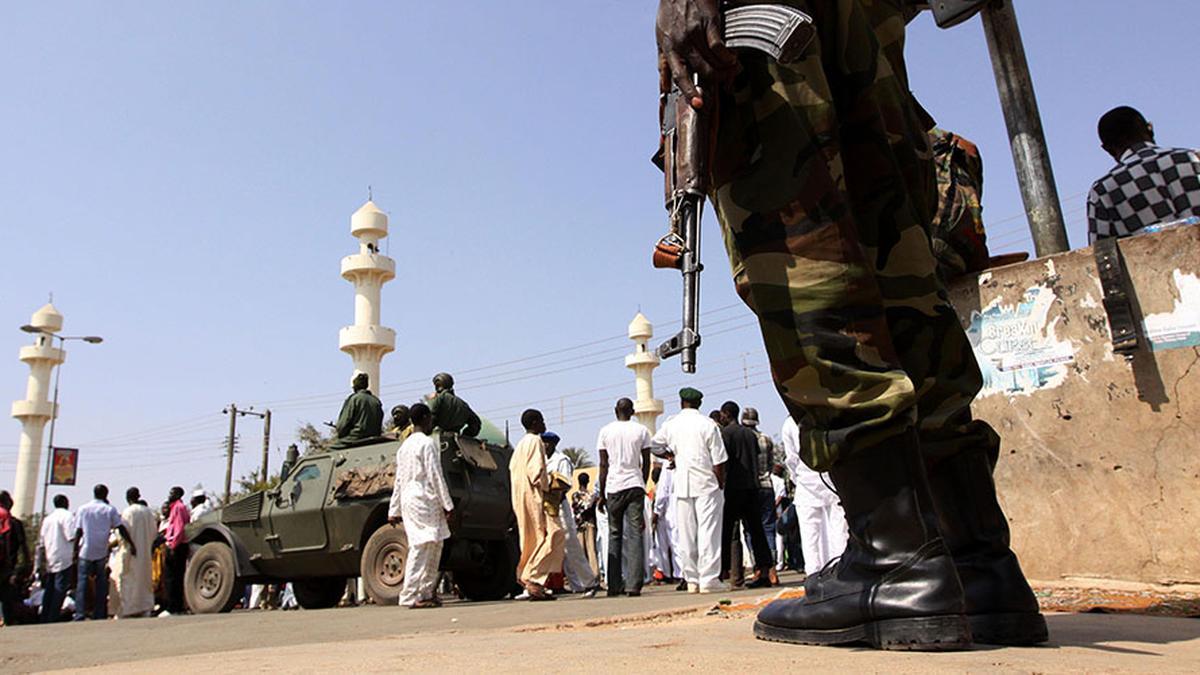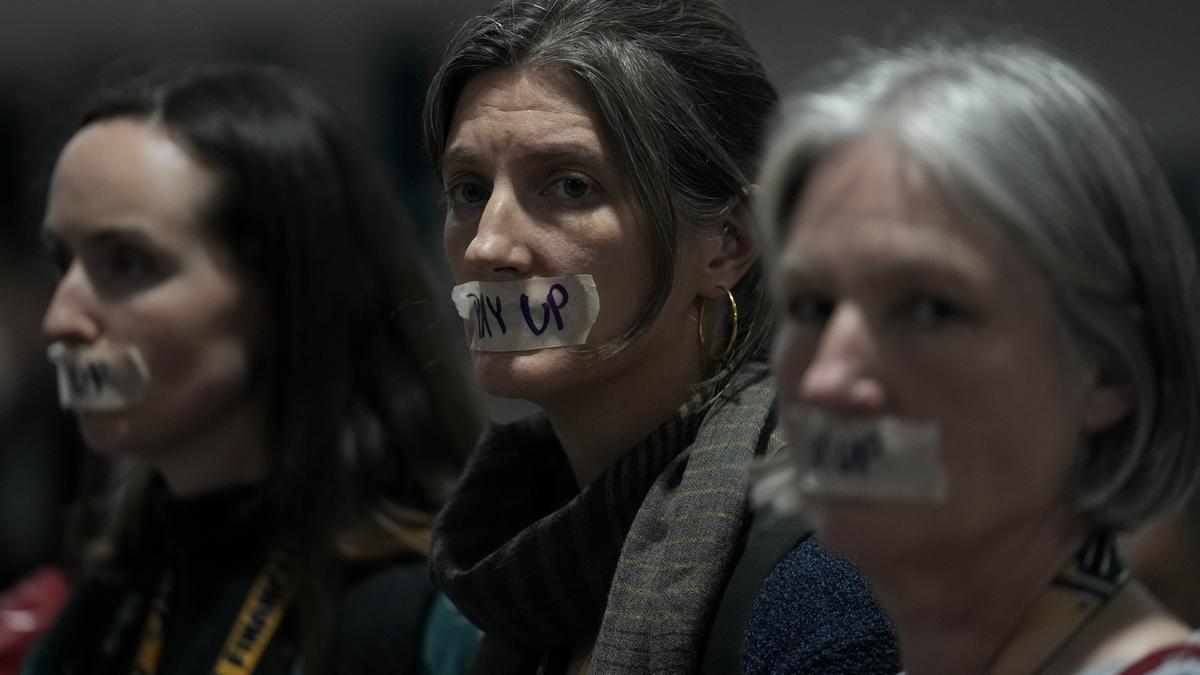A private jet linked to Tesla CEO Elon Musk landed in Beijing on April 28, a flight tracking app showed, as two people with knowledge of the matter said the billionaire was kicking off a surprise visit to the automaker’s second-biggest market.
Mr. Musk is seeking to meet senior Chinese officials in Beijing to discuss the rollout of Full-Self Driving (FSD) software in China and to obtain approval to transfer data collected in the country abroad to train algorithms for its autonomous driving technologies, one of the people said.

Tesla has since 2021 stored all data collected by its Chinese fleet in Shanghai as required by Chinese regulators and has not transferred any back to the United States.
The U.S. electric vehicle maker rolled out FSD, the most autonomous version of its Autopilot software, four years ago but has yet to make it available in China despite customers urging it to do so.
Mr. Musk said this month Tesla may make FSD available to customers in China “very soon”, in response to a query on social media platform X.
Rival Chinese automakers such as Xpeng have been seeking to gain an advantage over Tesla by rolling out similar software.
Also Read | How a Chinese rocket failure boosted Elon Musk’s SpaceX in Indonesia
Mr. Musk’s visit to China was not flagged publicly and the people spoke on condition of anonymity because they were not authorised to speak with media. Tesla did not respond immediately to a request for comment.
The trip came just over a week after he scrapped a planned visit to India to meet with Prime Minister Narendra Modi, citing “very heavy Tesla obligations.”
The company said this month it would lay off 10% of its global workforce as it grapples with falling sales and an intensifying price war for EVs led by Chinese brands.
Landed in Beijing
A Gulfstream private jet with tail number N272BG, which is registered to Falcon Landing, a company connected to SpaceX and Tesla, landed at Beijing Capital Airport on Sunday at 0603 GMT, according to Chinese flight tracking app Flight Manager.
The other jet registered under Falcon Landing is N628TS, which is Mr. Musk’s main jet that he used to travel to China on his last trip nearly a year ago, when he met with Chinese government officials in Beijing and visited Tesla’s Shanghai factory.
Tesla has sold more than 1.7 million cars in China since it entered the market a decade ago and the Shanghai factory is its largest globally.
Mr. Musk’s visit coincides with the Beijing autoshow, which opened last week and ends on May 4. Tesla does not have a booth at China’s largest autoshow and last attended in 2021.
GM CEO Mary Barra made an unannounced visit to the show in the world’s biggest auto market on Friday, according to two people with knowledge of her schedule. GM did not immediately respond to a request for comment.
Also on Friday, Grace Tao, Tesla’s vice president in charge of external relations in China, published a commentary on the social media account of state media outlet People’s Daily, arguing that autonomous driving technologies would be the new growth engine for EV industry.
Also Read | Tesla recalls over 1.6 million EVs exported to China to fix automatic steering, door latch glitches
Ms. Tao said in the article that Tesla was leading autonomous driving research and development with its “end-to-end neural network” technology and data collected from millions of cars on the road.
China’s complicated traffic conditions with more pedestrians and cyclists than in many other markets provide more scenarios that are key for training autonomous driving algorithms at a faster pace, according to industry experts.
Mr. Musk said last week Tesla would introduce new, cheaper models using its current EV platforms and production lines and would offer a new “robotaxi” with self-driving technology. He said in a post on X this month that he would unveil the robotaxi on August 8.
Tesla shares are down almost a third since the start of the year as concerns have grown about the EV maker’s growth trajectory. Last week, Tesla reported its first decline in quarterly revenue since 2020 when the COVID-19 pandemic slowed production and deliveries.



